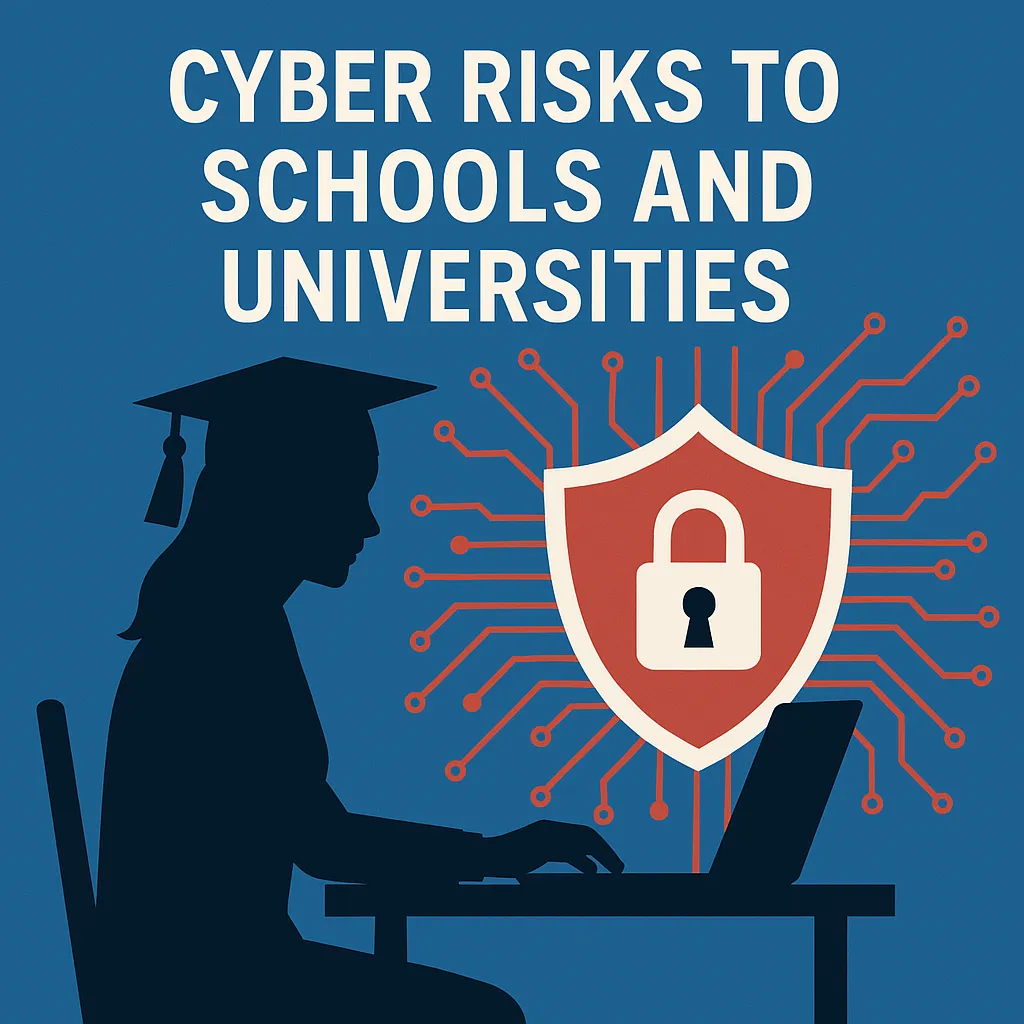The Escalating Threat of Ransomware Attacks on Educational Institutions
Ransomware attacks, particularly targeting schools and hospitals, have become increasingly common and damaging in recent years. This malicious software encrypts the victim's data, thereby crippling operations, with perpetrators demanding a ransom to provide the decryption key. This blog post delves into how ransomware impacts schools, shedding light on recent incidents, and offers practical advice on safeguarding against such cyber threats.
Understanding Ransomware
Ransomware is a type of malware that hackers use to infiltrate computer systems, encrypting data and demanding payment for its release. The victim's data is held hostage, effectively paralyzing operations until the ransom is paid or data is recovered through other means.
Recent Ransomware Attacks on Schools
Several recent incidents underscore the vulnerability of educational institutions to ransomware attacks. For instance, the teachers of Glendale discovered their taxes had already been filed, a likely consequence of a ransomware attack on their school system (source). Additionally, Los Angeles public schools encountered a significant disruption with a back-to-school ransomware attack, pointing towards an organized effort to undermine educational operations at critical times (source).
Impact on Education
The consequences of ransomware attacks go beyond temporary inconvenience. They can lead to prolonged school closures, loss of sensitive information, and even psychological impact on staff and students. More disturbingly, some criminals go as far as publishing children's information online if their demands are not met, as seen in recent reports (source). The educational disruption and the breach of privacy underscore the severe impact of these cyberattacks on educational institutions.
Protecting Educational Institutions
To defend against ransomware, schools must implement robust cybersecurity measures. These include regular data backups, updating and patching software, employee training on phishing and scam identification, and having a response plan for ransomware incidents. Collaboration with cybersecurity experts and investment in security infrastructure are also crucial.
Conclusion
Ransomware attacks are a severe threat to educational sectors, requiring comprehensive security strategies and continuous vigilance. By understanding the nature of these threats and taking proactive measures, schools can better protect themselves and their students from cyber harm.

